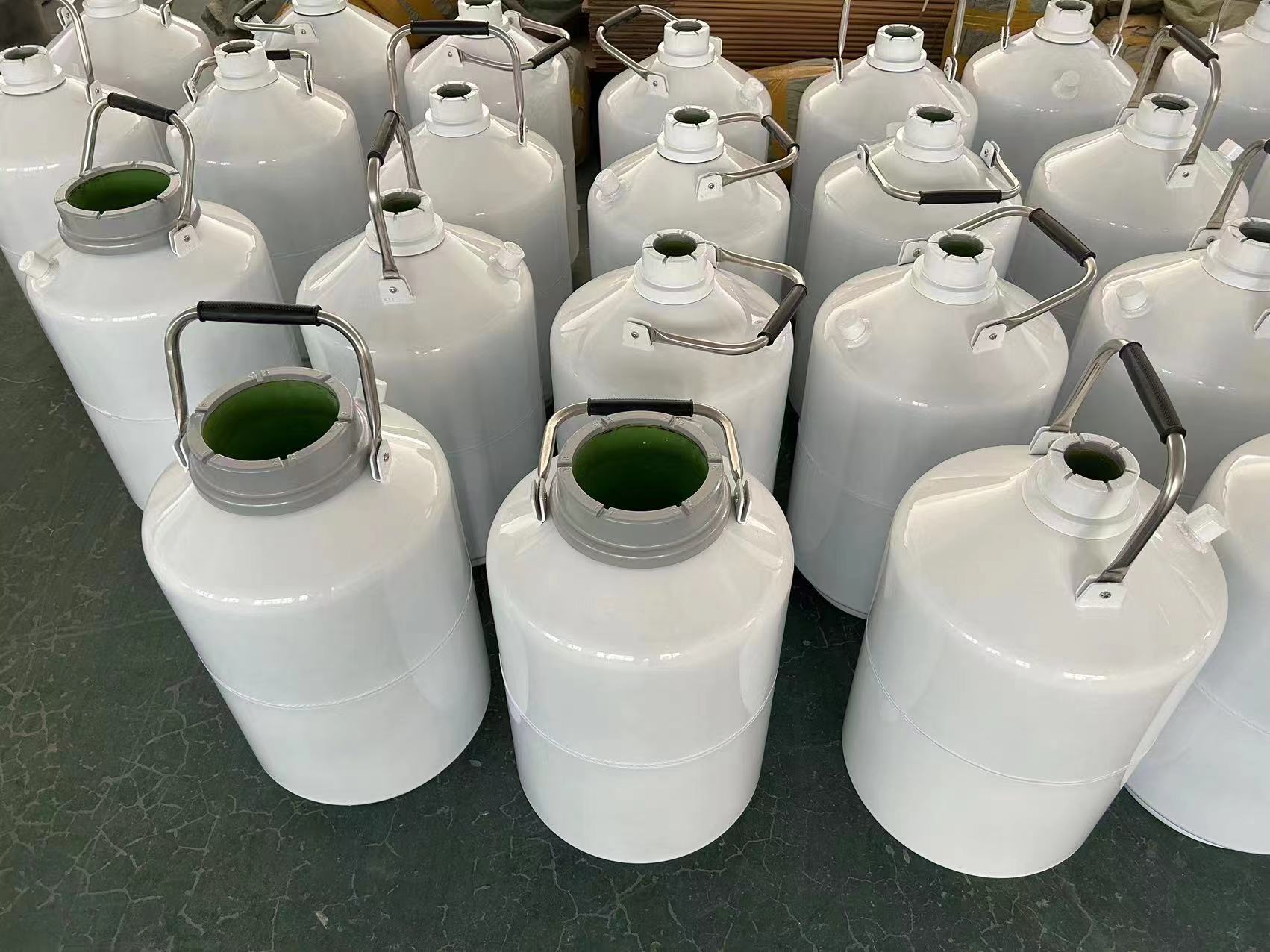Protection of Liquid Nitrogen Tank During Use: Avoid Bumps and Replenish Liquid Nitrogen in Time
Protection of Liquid Nitrogen Tank During Use: Avoid Bumps and Replenish Liquid Nitrogen in Time
Liquid nitrogen tanks are essential in various industries, including medical, scientific, and food preservation sectors. However, the safe and efficient use of these tanks requires careful attention to their protection and maintenance. Two critical aspects of this process are avoiding bumps and ensuring timely replenishment of liquid nitrogen.

Firstly, avoiding bumps is crucial for the integrity of the liquid nitrogen tank. These tanks are designed to withstand extreme temperatures and pressures, but physical impacts can compromise their structural integrity. When transporting or handling these tanks, it is essential to use appropriate equipment and techniques. Employing carts or trolleys specifically designed for liquid nitrogen tanks can help minimize the risk of bumps. Additionally, ensuring that the area around the tank is clear of obstacles can prevent accidental collisions. Regular inspections for dents or damages should also be conducted to identify any potential issues before they escalate.
Secondly, replenishing liquid nitrogen in a timely manner is vital for maintaining the tank's functionality. Liquid nitrogen evaporates over time, and if the tank is not regularly refilled, it can lead to insufficient cooling for the materials stored within. Establishing a routine check schedule can help monitor the nitrogen levels and ensure that the tank is replenished before it runs low. It is also advisable to keep a backup supply of liquid nitrogen on hand to avoid any interruptions in operations.
In conclusion, the protection of liquid nitrogen tanks during use is paramount for safety and efficiency. By avoiding bumps and ensuring timely replenishment of liquid nitrogen, users can maintain the integrity of the tank and the quality of the materials stored within. Implementing these practices will not only enhance operational efficiency but also promote a safer working environment.
















 Products
Products